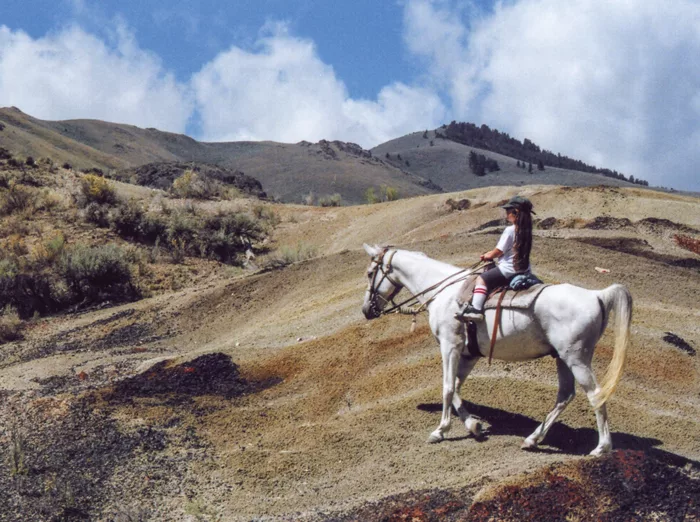American Farriers Journal
American Farriers Journal is the “hands-on” magazine for professional farriers, equine veterinarians and horse care product and service buyers.

FARRIER TAKEAWAYS
Horse owners often ask farriers what’s the best environment for horses’ feet.
Horses are kept in a wide variety of environments — indoors, outdoors, big pastures, small pens, every kind of footing imaginable — and climates, from the arid deserts of the Southwest to the rain forests of western Washington, humid tropical climates of Florida, or muddy springtime in Maine. The environment definitely impacts the health and structure of horses’ feet.
“The environment a horse lives and works in has a significant effect on the overall health of feet,” says Travis Burns, lecturer and chief of farrier services at the Virginia-Maryland College of Veterinary Medicine at Virginia Tech in Blacksburg, Va.
A dry environment results in hard, dry feet, whereas a wet environment results in softer feet.
“If footing is soft in a wet environment, hoof wall…